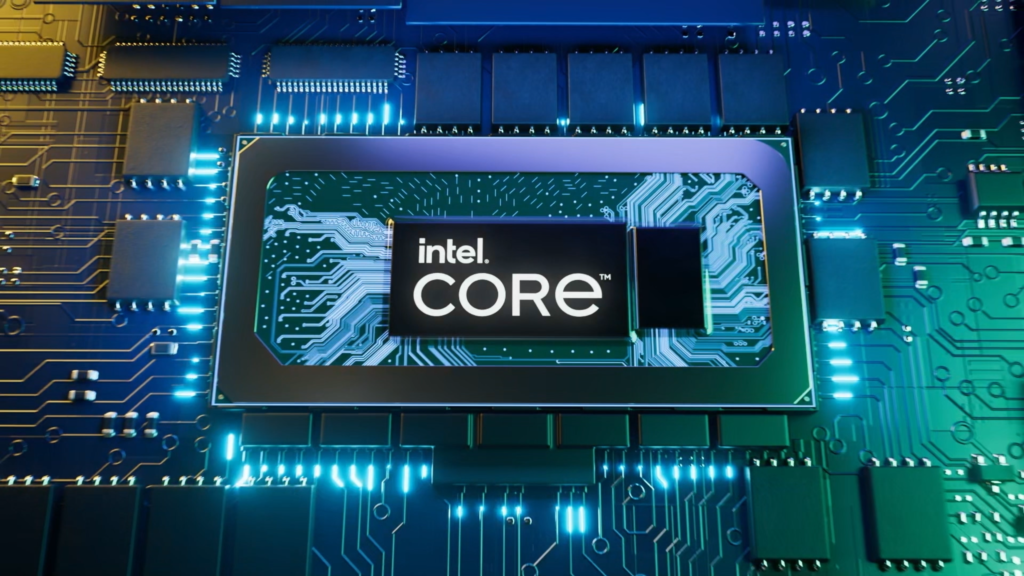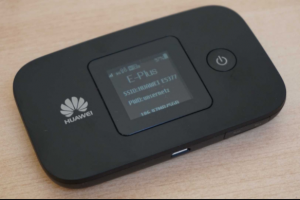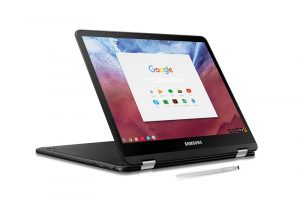Most of us have used Intel-powered laptops with or without realizing it. The Intel Chips power most day-to-day user laptops for brands like HP, Dell, Lenovo, etc. We are going to decode and explain what exactly the brand letter or the alphanumeric code that is written on a sticky note means. The Intel CPU brand letters identify your machine generally.
Most laptop sellers, companies, and manufacturers use CPU specifics to set target prices, ranges, and unique distinguishing features. So let’s dive right in to understand these different brand letters and how the naming comes up. We shall use the image below to decode every part;

Brand
The Intel naming scheme starts with the processor’s brand—the overall product line the processor was created for. Today, the most common Intel processor names begin with Intel Core, Intel Pentium, and Intel Celeron. Intel Pentium and Intel Celeron processors are economical product lines created for price-conscious consumers.

Intel Core processors bring faster performance and additional features not available in Intel Pentium and Intel Celeron models. Intel Xeon Scalable processors offer a higher level of performance for servers and workstations.
Brand Modifier
Intel Core processor series includes a brand modifier before the remaining parts of the model number. Intel Pentium and Intel Celeron processors do not use this naming convention. Today, the Intel Core™ processor series includes the brand modifiers i3, i5, i7, and i9.

Higher brand modifier numbers offer a higher level of performance and, in some cases, additional features (like Intel’s Hyper-Threading Technology). For example, within a given processor family, an i7 will outperform an i5, which will outperform an i3.
Read also: Computing: Intel Core i9 processors explained
Generation Indicator
After the brand and brand modifier comes the processor’s generation indicator. Intel processor generations are identified in the processor number in all Intel Core processor brands. In a four-digit processor number, the first digit typically represents the generation. For example, a processor with the digits 9800 is a 9th gen processor, while one labeled 8800 is 8th gen technology.

For 10th Generation Intel Core processors, the Intel naming scheme differs slightly (see below). However, the first two digits in the product number will be 10.
SKU Numeric Digits
SKU or Stock Keeping Unit is usually a string of numbers and alphabets used by the manufacturer to identify their product. For the majority of Intel processors, the final three digits of the product number are the SKU. SKUs are generally assigned in the order in which processors in that generation and product line are developed.

A higher SKU within otherwise-identical processor brands and generations will generally have more features. However, SKU numbers are not recommended for comparison across different generations or product lines.
Product Line Suffix
The SKU suffix is another key indicator of the processor’s capabilities. These remaining differences are indicated by a letter-based product line suffix.

For example, within the Intel Core processor series, U indicates a processor that has been designed for power-efficient laptops or 2-in-1s. Meanwhile, XE indicates an “extreme edition” processor for desktops designed for maximum performance.
Related: The difference between CPU and Cores
Core i3 Vs Core i5 Corei7 Vs Core i9 Vs Core i11
Intel Celeron Processors & Intel Pentium Processors have long been used and most PCs no longer come with such models as they were the first versions of the mainstream processor.
- A Core “i3” chip is on the lower end of the performance that’s best suited for budget computers.

- A Core “i5” chip is in the mid-range of performance that’s suited for casual users and power users on a budget.
- A Core “i7” chip is on the higher end of the performance that’s suited for power users and professionals for power-hungry apps like Photoshop or video editing.
- Core “i9”; These processors feature a performance hybrid architecture designed for intelligent performance, optimized creating, and enhanced tuning to allow gamers to game with up to 5.8 GHz clock speed.
- Core “i11”: These are 11th Generation Intel Core processors that redefine Intel CPU performance for laptop and desktop PCs.
Conclusion
I hope you learned from this article about Intel processor nomenclature. If you want to do some further reading, please visit this page. Intel remains processors have been the standard for CPUs for decades, as they provide plenty of power for all your needs and we have seen some upgrades over time.












